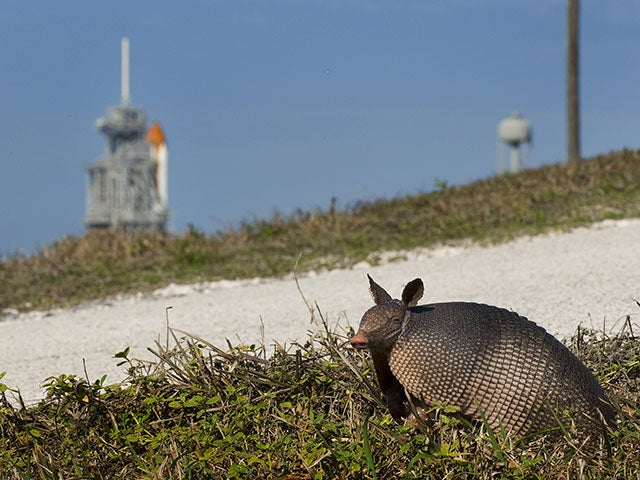Florida leprosy cases being caused by armadillos
Florida has recorded nine cases of the bacterial disease so far this year

The rise in leprosy cases in Florida has been caused by armadillos, health experts have warned.
Between 10 and 12 cases are reported in the state annually, but nine have already been recorded this year - leading to calls for residents to steer clear of the leathery-shelled creature.
Dr Sunil Joshi from Florida's Duval County Medical Society told USA today that each case of leprosy – a bacterial disease that affected the skin and nerves - had involved people coming into contact with armadillos.
He put the spike in cases down to their homes being destroyed.
“There is a clear reason why this is happening in Florida. New homes are being developed, and we are tearing down armadillos’ homes in the process. Now these creatures are coming out in the daytime, and the people who are getting exposed are those working outside," Dr Joshi told CNN.
Karen Parker of the Florida Fish and Wildlife Conservation Commission warned against touching the animal. She told USA Today: “Teach your kids to stay away from them. Don’t try to pet them and don’t try to grab them.”
Brad Dalton, of Florida’s Department of Health, told USA Today Hansen’s disease could be spread from person to person in respiratory droplets as well as from coming into close contact with armadillos.
“Extended close contact with infected armadillos may also pose exposure risk to [Hansen’s]. For many cases, the exposure causing the infection is unknown because it can take months or years for illness to develop.”
Dalton added: “Generally, you don’t want to be playing with wild animals anyway.”
However, the risk of contracting leprosy from armadillos is low and most people who come into contact with the animal are unlikely to be affected, according to the Centres for Disease Control and Prevention (CDC).
On its website, the CDC said some armadillos in the southern part of the US are "naturally infected with Hansen’s disease".
Of the human population, 95 per cent is not susceptible to the disease. It is treatable if contracted but can be life threatening if left untreated.
Subscribe to Independent Premium to bookmark this article
Want to bookmark your favourite articles and stories to read or reference later? Start your Independent Premium subscription today.

Join our commenting forum
Join thought-provoking conversations, follow other Independent readers and see their replies